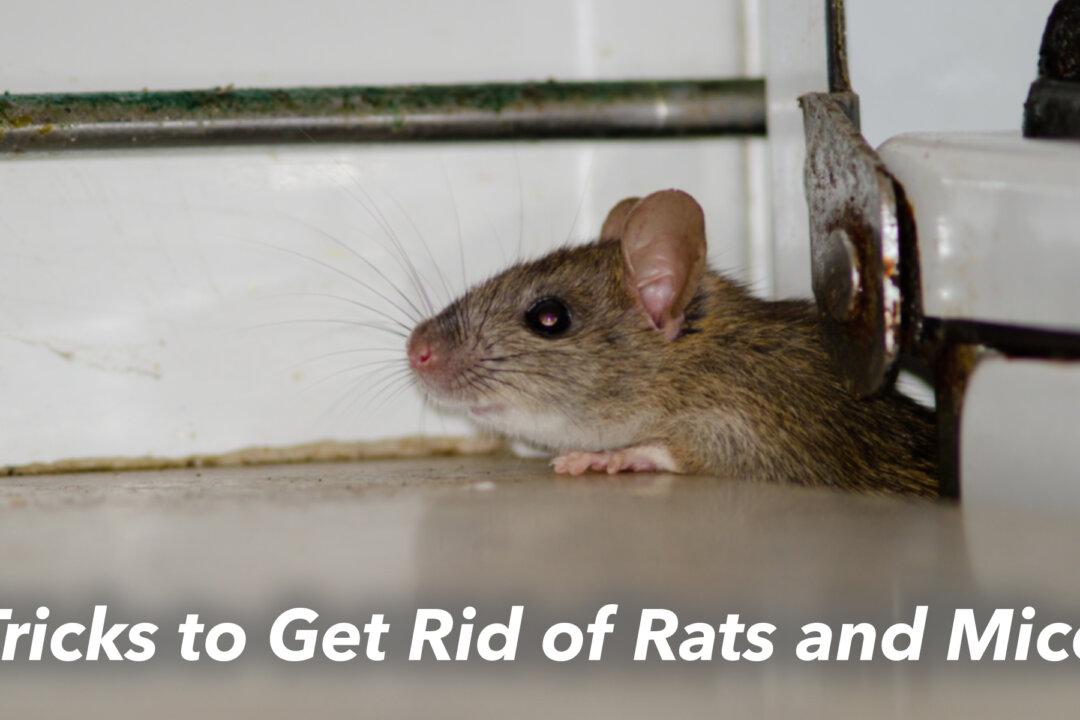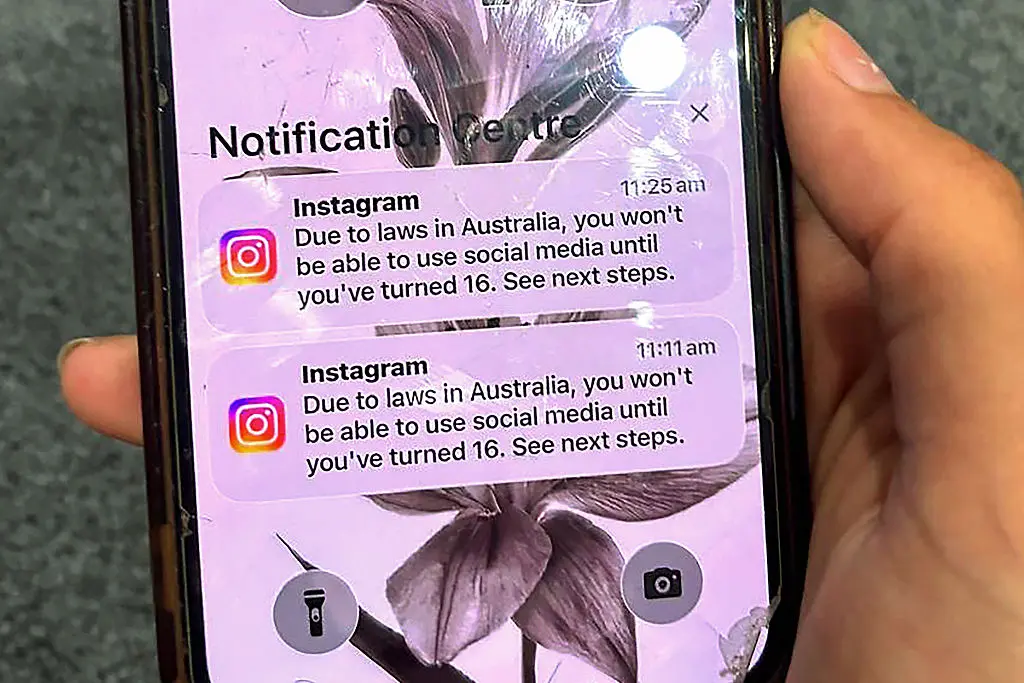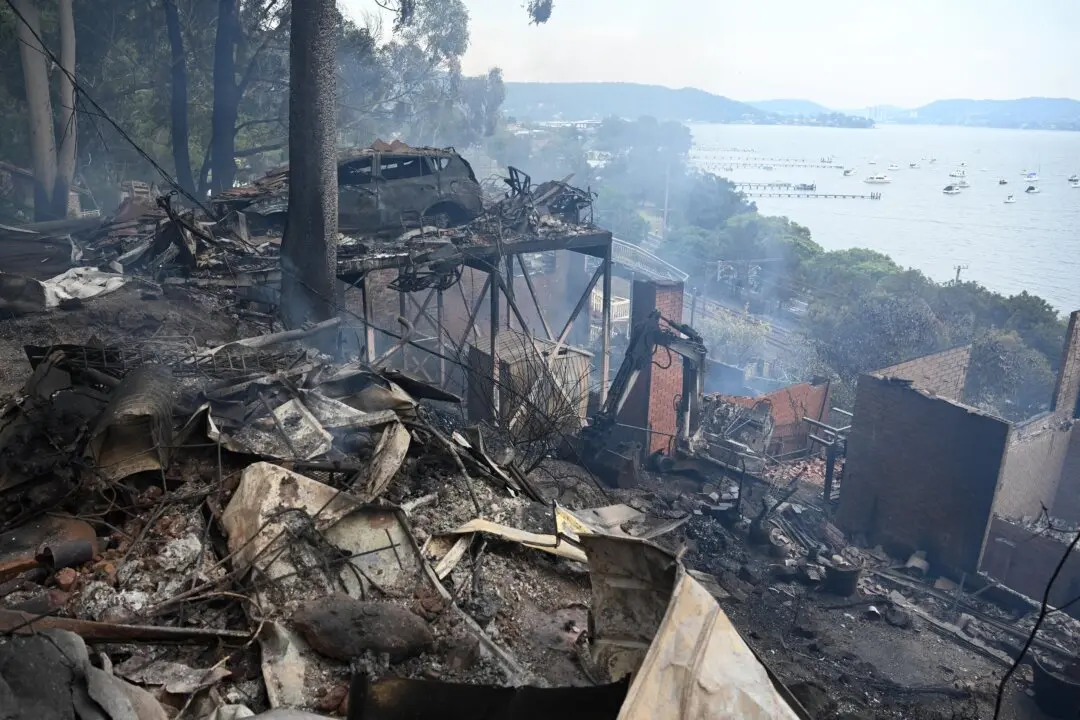Farmers and communities across large swathes of inland eastern Australia are being hit by their worst mouse plague in almost a decade, threatening to undermine post-drought recovery efforts.
Mouse populations have spiked over the past 12 months as crop-growing conditions have improved across rural Australia and provided the rodents with favourable conditions for eating and breeding.





